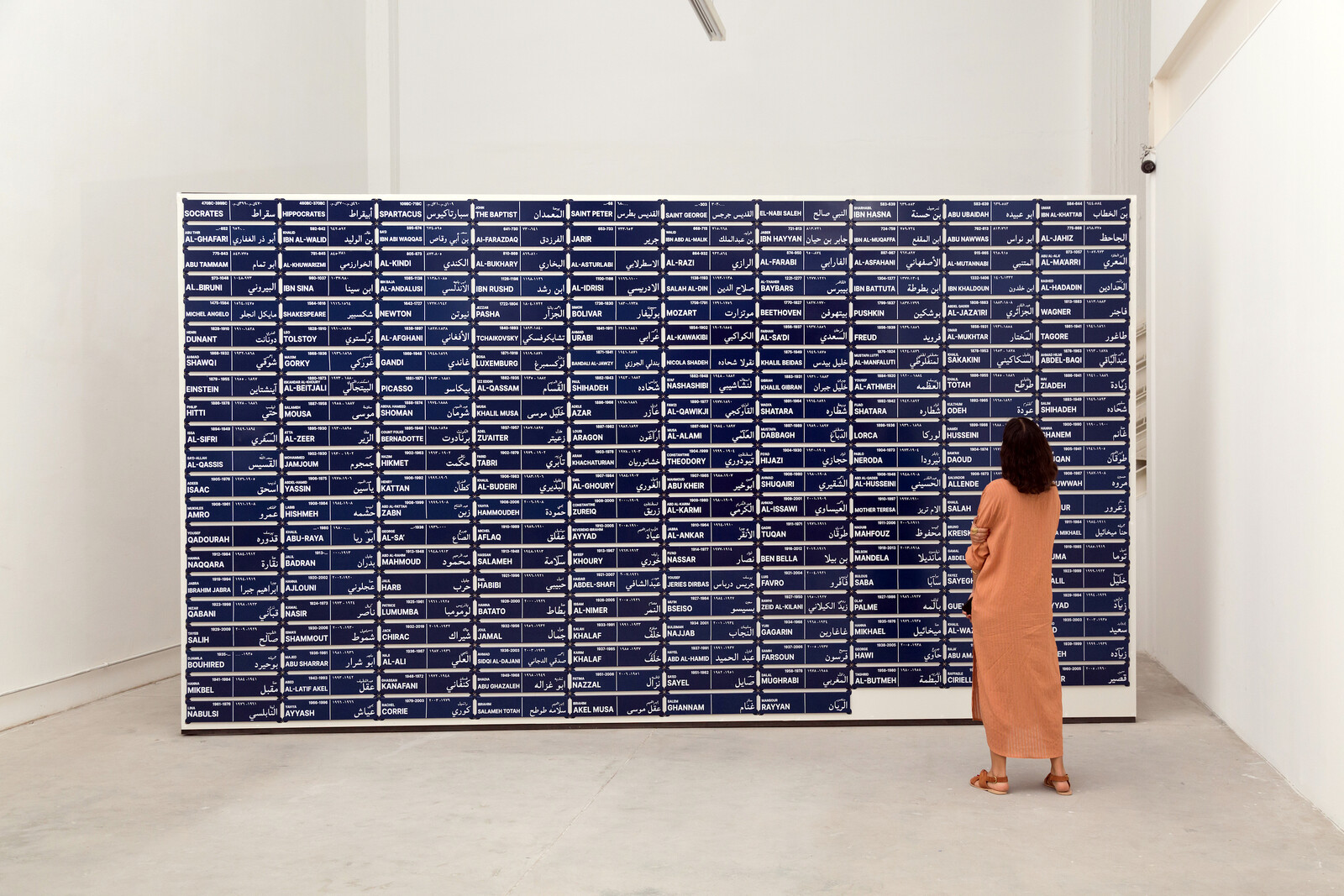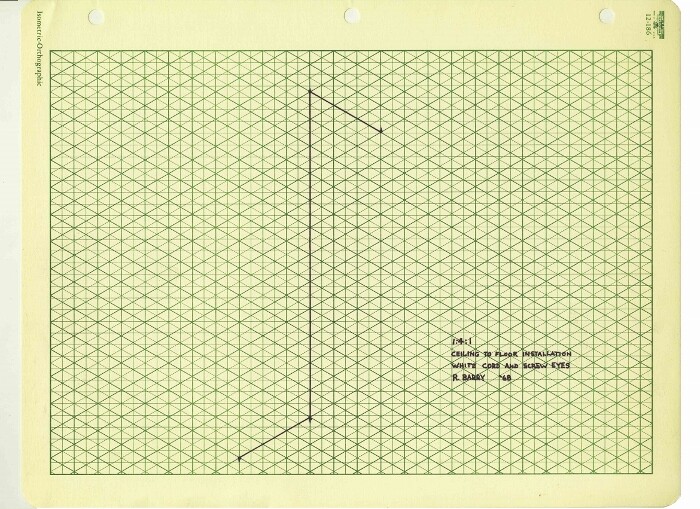Categories
Subjects
Authors
Artists
Venues
Locations
Calendar
Filter
Done
May 29, 2024 – Review
Marwan Rechmaoui’s “Chasing the Sun”
Kaelen Wilson-Goldie

Marwan Rechmaoui’s latest body of work includes paintings of popsicles and bags of pink cotton candy. There are poppies, fluffy clouds, a pretty sun, and a full moon. The perfectly green crowns of seven parasol pine trees fill one robust frame while the bushy derrieres of three sheep fill another. Among the objects scattered throughout “Chasing the Sun,” on view in the Sfeir-Semler Gallery’s newish project space located in Downtown Beirut near the mouth of the port, are streamers, a kite, marbles, the outlines of a hopscotch game, and boards for checkers and tic-tac-toe. Knowing the artist’s previous work, one could be forgiven for thinking he’d lost the plot here, or at least wandered off toward divertissement. And yet the toys and games of the current show clarify the importance of play and playfulness in Rechmaoui’s larger project. Taken in their imaginative spirit, they question whether the very concept of play—as expressed in art or set against ideas about work, leisure, care for others, and the waging of war—should ever be considered a distraction, a digression, or a detour from the serious stuff.
Born in Beirut in 1964, Rechmaoui lived in Abu Dhabi before moving to Boston, where he became …
September 21, 2021 – Review
Shuruq Harb’s “Ghost at the Feast”
Marwa Arsanios

How can one write about Shuruq Harb’s work when the work itself is already a wonderful text about the potential of writing? At first glance, one could be fooled into thinking that the artist’s questioning of a dominant visual culture tackles its subject straightforwardly, through images, only to be surprised at how essential writing, text, and language are to the work. Not that they were ever separate to begin with.
The more one delves into “Ghost at the Feast”—Harb’s solo exhibition at Beirut Art Centre, comprising five video installations and sculptures made over the past decade—the more one understands that the images’ “duty” is to make the text appear, while the text pushes the image to the margins and slowly breaks its supremacy. What we hear or read in this exhibition is at the same time a caption, a poem, a press release, and a beautiful literary form.
This tense, unresolved, and dialectical relation between what is pictured and what is written opens up the question of how text is used to structure and support the image. Harb’s exhibition takes this question to the level of the unconscious. Language here becomes a manifestation of an accessible—but not necessarily understandable—part of the unconscious, …
July 9, 2015 – Review
"Gallery 3o1o"
Merve Ünsal

“Gallery 3010,” which celebrates the 30th anniversary of Sfeir-Semler Gallery and the 10th anniversary of its Beirut branch, asks what it means to exhibit objects and ideas in a gallery environment, and interrogates the relationship between the gallery and its context. Bringing together artists from different generations, contexts, and sensibilities, the works that spread across the gallery’s industrial space nonetheless share an aesthetic and approach that carry traces of Minimalism and Institutional Critique.
The exhibition is anchored by Robert Barry’s sketch of 1:4:1 (1968)—a white cord extending from the floor to the ceiling with two horizontal sections at each end—which draws attention to the invited artists’ relationship to space. The walls of the gallery serve, both physically and metaphorically, as a surface for artists to play off, and Barry’s notion of presence through invisibility—the thin white line, held in place by a tiny hook, seems barely there—is a common theme in the exhibition, questioning the meaning of making objects now, here, in this context.
Rabih Mroué’s The Crocodile Who Ate The Sun (2015) consists of a set of 12 framed photographs, presented in a row next to a wall text and, underneath it, a small shelf with leaflets, and the work resonates …